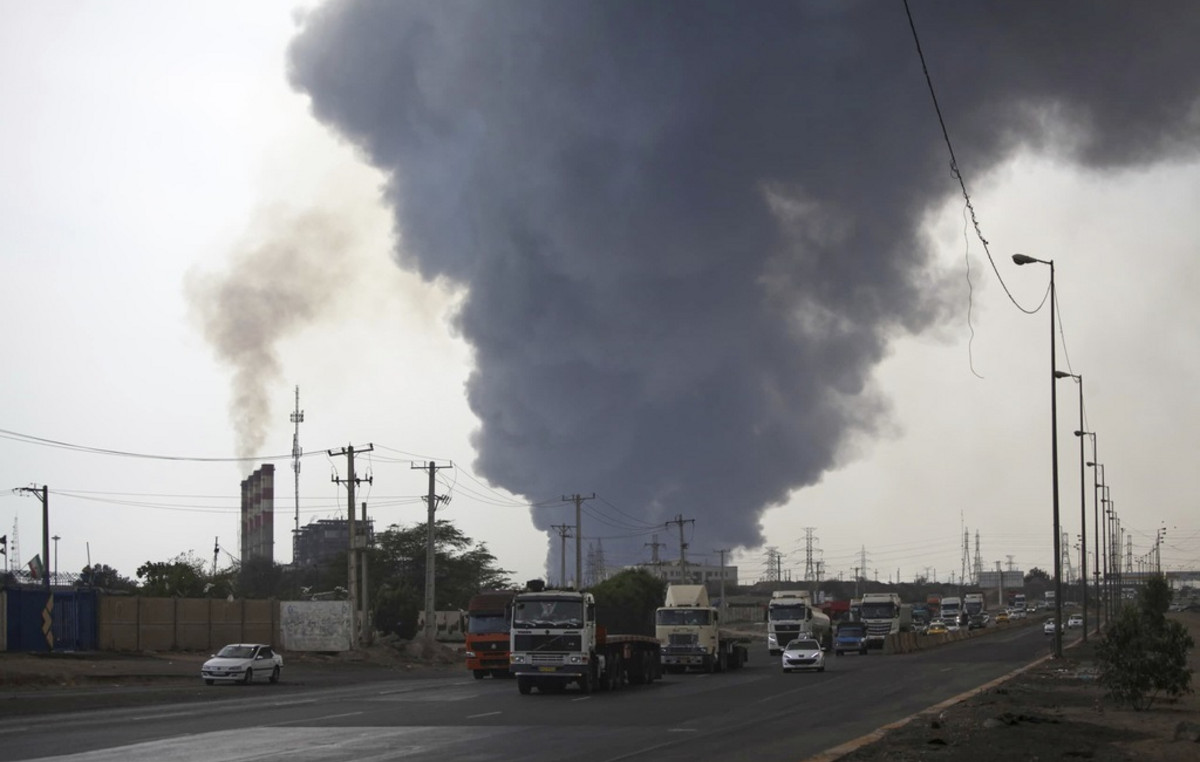
Panic prevails in Argentina as six people have already died due to pneumonia caused by Legionnaires’ disease.
The outbreak of pneumonia caused by Legionella bacteria, centered on a clinic in Tucuman, northwestern Argentina, claimed two more lives on Sunday (9/4), raising the death toll to six in a week, the provincial ministry announced. Health.
The sixth victim was an 81-year-old man who had co-morbidities and was intubated in critical condition, the ministry explained in a press release.
Earlier yesterday, the ministry had announced the death of another patient, the fifth in a row, a 64-year-old man, also with co-morbidities. The day before Saturday, it had announced the death of the fourth patient, a 48-year-old who also had underlying diseases and died of legionnaires disease.
All cases are linked to a private clinic
A total of 11 people have developed symptoms and five are still receiving treatment, both in hospitals, according to provincial health minister Luis Medina Cruz. All cases are linked to a private clinic in San Miguel de Tucuman, the provincial capital. They were recorded from August 18th.
Most of the patients, as reported by the Athens News Agency, were members of the nursing staff of the private clinic, while one patient was a 70-year-old who had undergone surgeries there.
The agent that caused the bilateral pneumonias “is Legionella,” said Argentina’s Health Minister, Carla Vicotti, during a press conference in Tucuman on Saturday, adding that the effort to identify its exact strain is ongoing.
Initial tests ruled out COVID, influenza, influenza A and B, Hantavirus (s.b.: transmitted by rodents), and dozens of other germs as the cause of bilateral pneumonia.
Samples were sent to be urgently analyzed by the national reference laboratory, the Malbran Institute in Buenos Aires; Health Minister Vicotti presented the initial results of the analyses.
What is Legionella?
Legionella is a serious lung infection of bacterial origin. Infection can occur through the respiratory tract, by inhaling the bacterium, “through water or air conditioning,” Ms. Vicotti recalled.
He added that “measures are being taken at the clinic to ascertain whether (the bacteria) is in the water and in the collection tank” so that the clinic can be “used again without any risk”.
The president of the medical school of the province of Tucuman, Hector Salle, underlined in his statements last week that the pathology observed was “aggressive”, but it is not a priori a disease transmitted from person to person, given that “close contacts of these patients do not present any symptoms”.
Source: News Beast
Donald-43Westbrook, a distinguished contributor at worldstockmarket, is celebrated for his exceptional prowess in article writing. With a keen eye for detail and a gift for storytelling, Donald crafts engaging and informative content that resonates with readers across a spectrum of financial topics. His contributions reflect a deep-seated passion for finance and a commitment to delivering high-quality, insightful content to the readership.







